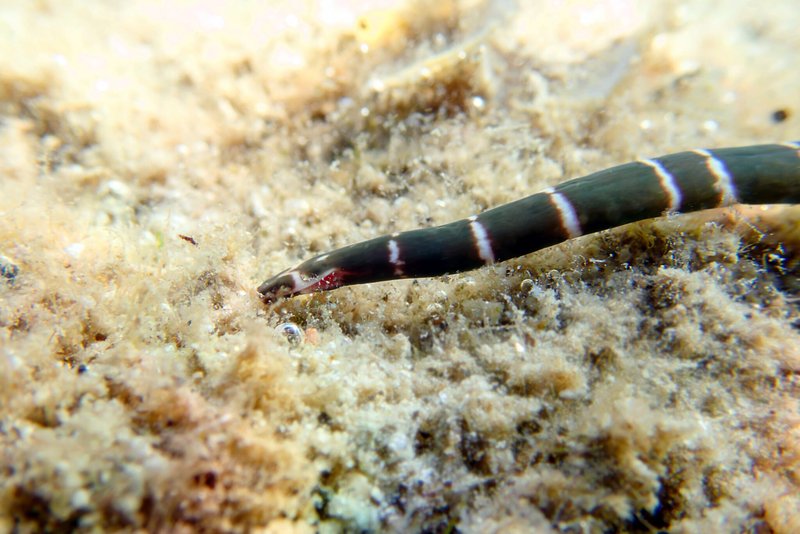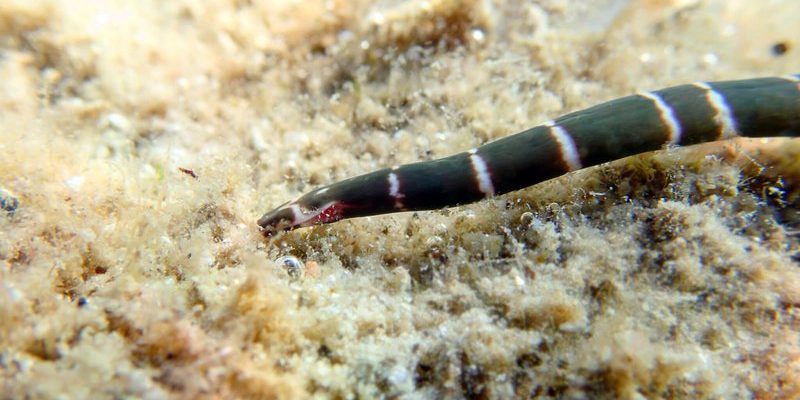
Ribbon worms aren’t your average ocean dwellers. With their elongated bodies and sometimes jaw-dropping lengths, they have developed some pretty interesting hunting techniques. But it’s not just about how they hunt; it’s also about who they compete against for food and territory. Understanding this interplay helps us appreciate their role in the ecosystem, which is really like a giant puzzle where every piece counts.
Let’s get into what makes ribbon worms tick and how they interact with other predators in their underwater environments.
What Are Ribbon Worms?
To fully grasp how ribbon worms compete with other predators, it’s essential to know what they are. Ribbon worms belong to the phylum Nemertea. They’re mostly found in marine environments, ranging from shallow coastal areas to deep-sea habitats.
These worms can grow anywhere from a few inches to more than 100 feet long! Imagine that—an animal longer than a school bus! They have a unique body structure, allowing them to extend and contract their bodies. This flexibility helps them hide and ambush prey, giving them an edge in the competitive world they inhabit.
One of the most striking features of ribbon worms is their **proboscis**, which they use to capture prey. Think of it like a long, sticky tongue that can shoot out to snatch up unsuspecting animals. This fascinating adaptation allows them to compete effectively with other predators in their environment.
The Predator Hierarchy in Marine Ecosystems
In the underwater world, every creature has its role. Ribbon worms are part of a larger **predator hierarchy**, which includes fish, crustaceans, and even larger invertebrates. You might be thinking, “How do they fit in with all those other hunters?” Well, it’s a bit like a game of musical chairs—there’s competition, cooperation, and sometimes, an unexpected peace.
Within this hierarchy, ribbon worms often fall into the mid-tier category. They aren’t at the top of the food chain, but they aren’t at the bottom either. Because they’re efficient hunters, they often compete with other mid-tier predators, such as small fish or crabs, for the same food sources. This dynamic makes for a fascinating study of survival strategies and interactions.
Interestingly, not all predators are directly competing for the same food. Ribbon worms primarily feed on small invertebrates and occasionally fish larvae. At times, they may even eat their fellow worms. This level of predation adds another layer to their competitive strategies and highlights the complex relationships in marine ecosystems.
How Do Ribbon Worms Hunt?
Now that we understand ribbon worms a bit better, let’s talk about their hunting methods. As mentioned earlier, they utilize a **proboscis** to capture prey. This hunting technique is a crucial factor in how they compete with other predators.
When a ribbon worm senses potential prey, it can extend its proboscis rapidly to snag a meal. This precision is often more effective than the techniques employed by many other predators. For example, while fish rely on speed and stealth, ribbon worms can lie in wait, camouflaged in their environment, until the right moment presents itself.
This ambush strategy is particularly advantageous in crowded places where many predators are hunting. Instead of exhausting energy in a chase, ribbon worms can conserve their strength for when it counts. This ability often helps them outcompete other predators in the same space.
Competition with Other Predators
You might wonder how often ribbon worms actually bump heads with other predators. The answer can vary based on their habitat and food availability. In nutrient-rich environments, they may find themselves competing more intensely with creatures like flatworms, small fish, and even other ribbon worms.
During times of food scarcity, competition becomes fiercer. In these situations, ribbon worms are known to engage in cannibalism—yes, they can eat each other! This behavior underscores the challenges these creatures face and their adaptability in tough circumstances.
In contrast, in regions with a plentiful food supply, ribbon worms can spread out and find their niches. In these cases, they may coexist with other predators more peacefully, hunting at different times or from different areas.
Adaptations That Help in Competition
To thrive in their competitive environment, ribbon worms have developed several **adaptations**. One significant adaptation is their ability to regenerate. If a predator manages to bite off part of a ribbon worm, it can grow back. This regeneration allows them to bounce back from skirmishes with other predators, whether they’re competing for food or territory.
Another adaptation is their **camouflage**. Many ribbon worms can blend into their surroundings, thanks to their often vibrant coloring and patterns. This ability not only plays a crucial role in hunting but also helps them avoid being seen by larger predators.
Additionally, their unique reproductive methods ensure they can maintain their population even in competitive situations. By producing numerous eggs, they increase their chances of survival despite predation and competition.
The Role of Ribbon Worms in Ecosystems
So why should we care about ribbon worms and their competition with other predators? Well, they play a key role in the health of marine ecosystems. By controlling populations of smaller invertebrates and serving as prey for larger creatures, ribbon worms help maintain a balance in their habitats.
Their presence can indicate the overall health of the environment. When populations of ribbon worms are stable, it often reflects a balanced ecosystem where different species can coexist. In contrast, if their numbers decline, it could signal problems, such as pollution or habitat destruction.
By understanding ribbon worms and their interactions with other predators, we gain insights into the complexities of marine life. It’s a reminder that every creature, big or small, plays its part in the circle of life.
Ribbon worms might not be the first creatures that come to mind when thinking about ocean predators, but they sure have an interesting role in the underwater food chain. From their unique hunting techniques to their competition with other predators, these fascinating creatures showcase the intricacies of life beneath the waves.
Next time you think about the ocean and its inhabitants, remember the ribbon worms. They remind us that even the most slender, seemingly unassuming creatures can play a vital part in the ecosystem. Whether they’re competing for food, adapting to their environment, or simply minding their own business, ribbon worms add color and complexity to our understanding of marine life.

